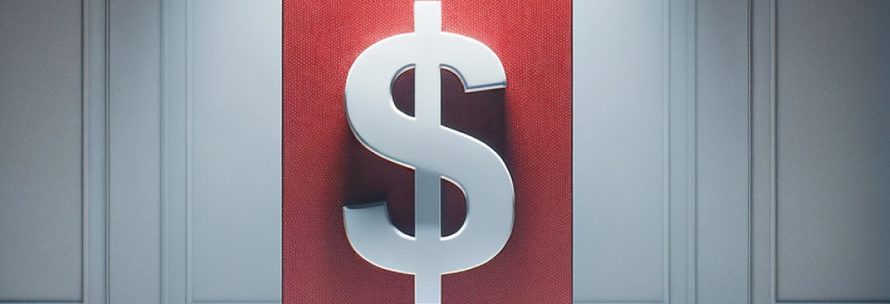In an era where technology seems to offer solutions to every problem, the promise of robotic cleaning solutions shines brightly. These futuristic machines, equipped with advanced sensors and algorithms, are revolutionizing the cleaning industry with their efficiency and precision. Behind their sheen, however, lies a tale of hidden costs and challenges that often go unnoticed. Here is a look into the reality of robotic cleaning solutions:
The Initial Investment
One of the most apparent challenges of adopting robotic cleaning solutions is the significant initial investment required. While the idea of automation may seem irresistible, the cost of acquiring and implementing robotic cleaners can be too costly for many businesses, especially smaller enterprises. From purchasing the machines themselves to investing in infrastructure and training, the upfront expenses can quickly add up, placing a strain on budgets and financial resources.
Beyond the initial investment, robotic cleaning solutions entail ongoing maintenance and repair costs that are often overlooked. These sophisticated machines require regular upkeep to ensure optimal performance, including cleaning and calibrating sensors, replacing worn-out parts, and addressing technical issues.
Complexity of Environments
While robotic cleaners excel in controlled environments with predefined routes, they struggle in complex settings with obstacles and a wide range of surfaces. Cluttered spaces make navigation difficult and delicate surfaces that require specialized care, the real-world challenges faced by cleaning professionals are not easily overcome by automation alone. Human cleaners possess the adaptability and problem-solving skills necessary to navigate these complexities effectively, making them indispensable in certain environments.
The Human Touch
Perhaps the most significant cost of relying solely on robotic cleaning solutions is the loss of the human touch. Human cleaners bring empathy, attention to detail, and a commitment to quality that cannot be replicated by machines. The personal interactions between cleaners and clients play a crucial role in building trust and fostering long-term relationships, factors that are often overlooked in the pursuit of efficiency and automation.
Limitations in Cleaning Efficacy and Results
Despite their technological sophistication, robotic cleaning solutions have limitations in terms of cleaning efficacy. While they may excel in routine tasks such as vacuuming or mopping, they often fall short when it comes to achieving the level of cleanliness demanded by certain industries or environments. Stubborn stains, hard-to-reach areas, and nuanced cleaning requirements are all areas where human cleaners outshine their robotic counterparts, leveraging their experience and expertise to deliver superior results.
It is no secret that robotic cleaning solutions offer undeniable benefits in terms of efficiency and precision, but it is essential to recognize the hidden costs and challenges that come with this technology. As businesses navigate the future of cleaning, it is crucial to strike a balance between embracing technology and preserving the invaluable contributions of human cleaners, ensuring that spaces are not only clean but also cared for with the attention and dedication they deserve. For a team that can offer highly trained professionals accompanied with the latest technology, visit our websiteand let us help you today.

